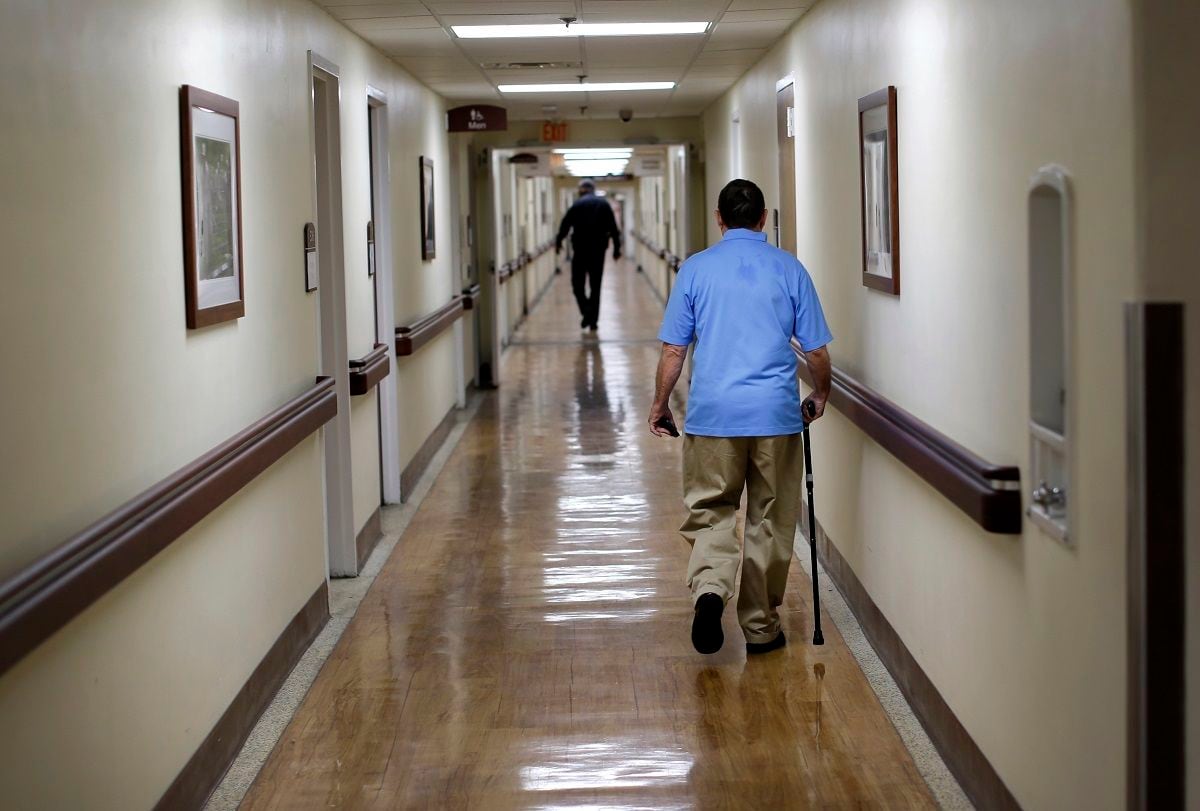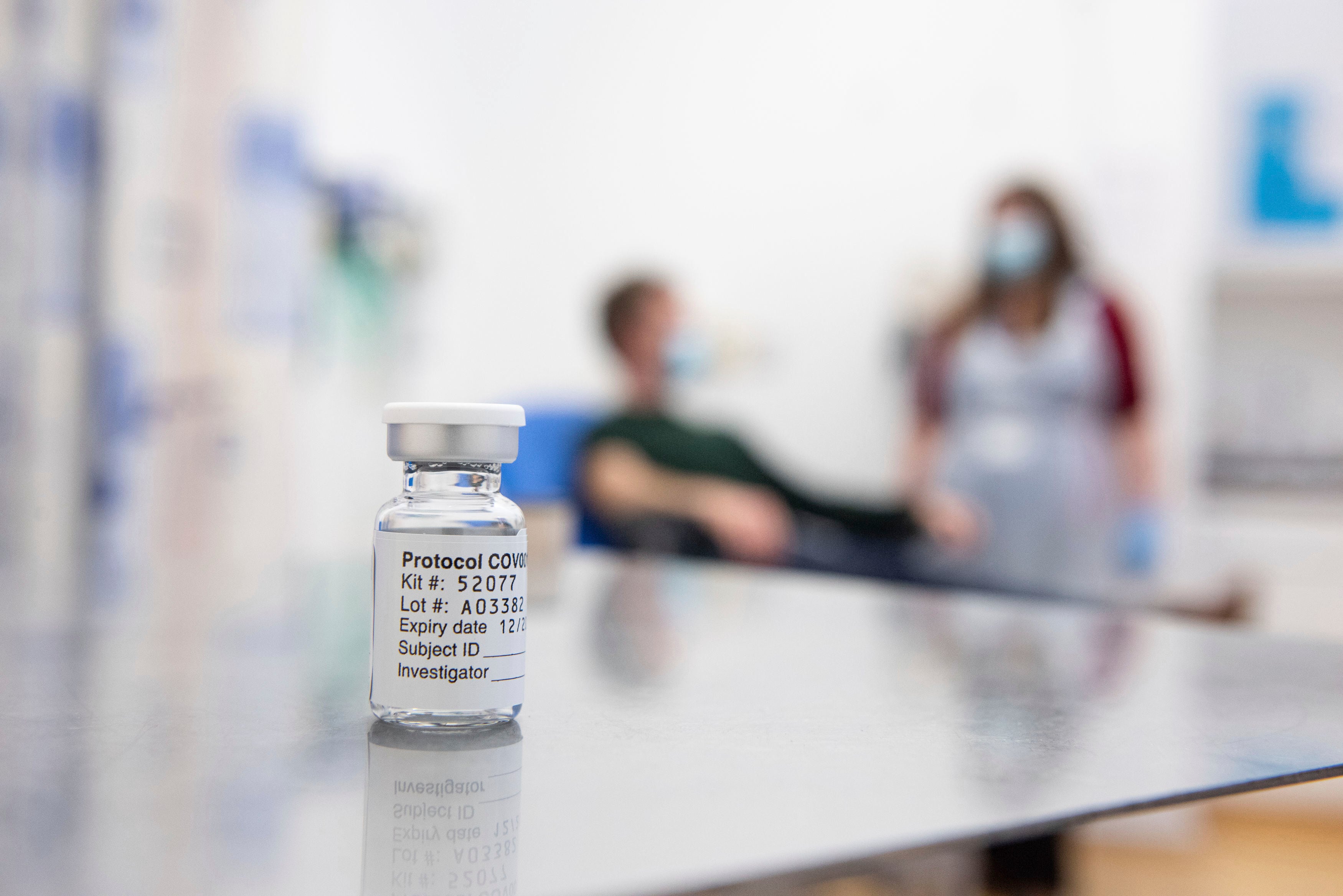Veterans Affairs officials reported more than 1,000 new deaths related to coronavirus in November, making it the deadliest month of the pandemic so far for department medical centers.
And the numbers could be even higher in December, as active cases of the virus among patients being tracked by VA officials more than doubled from the start of November to the end of the month.
As of Tuesday morning, VA health officials had reported 5,021 deaths from complications related to coronavirus since mid-March. That’s roughly 138 deaths a week or 19 deaths a day connected to the illness since the start of the pandemic.
RELATED

On November 1, that death total was at 4,000 VA patients. The previous most deadly month for coronavirus cases for the department was in August, when about 820 deaths were reported.
VA officials have downplayed the death totals, noting that the exact timing of the deaths may not match up for month-to-month comparisons. Some death reports of individuals in the VA system but not under emergency department medical care take days or weeks to be recorded in the official department tallies.
VA press secretary Christina Noel also downplayed the skyrocketing numbers of active cases of coronavirus being tracked by the department in recent weeks. Before November, the department’s daily record of active cases of the illness was around 6,500. As of Monday night, VA health workers were tracking more than 15,700 cases.
Nearly 1,000 of those are current inpatients at VA medical centers around the country. That number has doubled since mid-October.
Noel said that the case counts “are not the best measure of how COVID-19 is affecting VA patients, because those numbers always increase over time and never decrease,” despite the fact that the active case counts have decreased numerous times throughout the year.
Instead, VA officials say the “best measure” of the impact on coronavirus on VA patients is the rate of hospitalizations among infected patients. The total number of those individuals has increased steadily in recent weeks, but the rate now sits at 12 percent, lower than the 15 percent rate reported in September and October.
The spike in VA cases and deaths comes amid a nationwide surge in coronavirus cases. More than 13 million Americans have tested positive for the sickness, and about 270,000 — roughly one in every 1,200 U.S. citizens — have died from complications related to the illness.
Last month, in an interview with Military Times, VA Secretary Robert Wilkie said that as those nationwide numbers rise, so will the veteran numbers.
“Our veterans don’t live in a cocoon … where you can block yourself off from the rest of the world. They live in the communities,” he said. “We’re not immune from what happens in the country.”
At least 74 VA employees have died from coronavirus in the last eight months, including 12 in November. Noel declined to answer questions on how many of those had direct contact with patients.
She did assert that the department’s “current employee infection rate (is) less than one percent – much lower than other health care systems.”
RELATED

VA officials have not recently announced any new plans to restrict access to department facilities or cancel non-emergency in-person activities, as they did at the start of the pandemic last spring.
“Consistent with national, local, and CDC guidance, VA medical centers continue to exercise the health and safety precautions they have throughout (the pandemic),” Noel said. “This includes continuously adjusting VA’s clinical and operational guidance to ensure current measures and precautions are met.”
The department has administered nearly 1 million coronavirus tests since the start of March, but only to individuals with symptoms of infection or presumed exposure to an infected individual. Wilkie said he does not see the need for wider testing in the veterans’ community.
VA cemeteries have conducted nearly 4,000 coronavirus-related burials since the spring.
Leo covers Congress, Veterans Affairs and the White House for Military Times. He has covered Washington, D.C. since 2004, focusing on military personnel and veterans policies. His work has earned numerous honors, including a 2009 Polk award, a 2010 National Headliner Award, the IAVA Leadership in Journalism award and the VFW News Media award.





